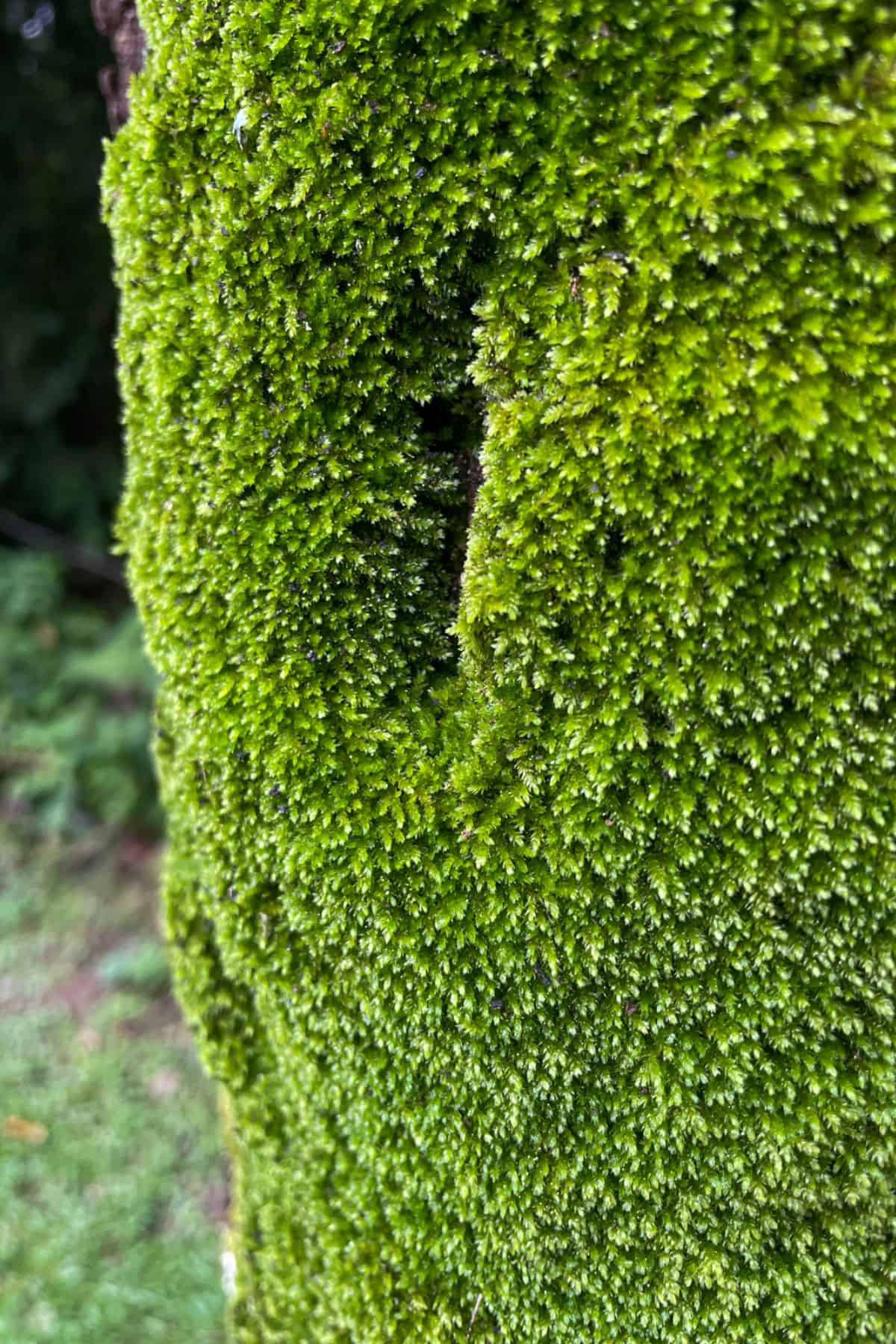
image from: https://terrariumtribe.com/terrarium-plants/hypnum-cupressiforme-sheet-moss/
Introduction
In the vast and captivating world of bryophytes, the Hypnum cupressiforme var. mossmanianum (Müll.Hal.) Ando moss stands out as a true marvel of nature. Belonging to the Hypnaceae

image from: https://inaturalist.ca/taxa/414087-Hypnum-cupressiforme-mossmanianum
family, this unassuming yet fascinating plant has captured the hearts of moss enthusiasts worldwide. Let’s embark on a journey to unravel the secrets of this remarkable species, commonly referred to as Hypnum.
Background
Before we delve into the intricacies of Hypnum cupressiforme var. mossmanianum, it’s essential to understand its place within the Bryophyta phylum, which encompasses the diverse and ancient group of non-vascular plants known as bryophytes. These diminutive yet resilient organisms have been around for millions of years, playing a crucial role in the intricate web of life on our planet.
Main Content
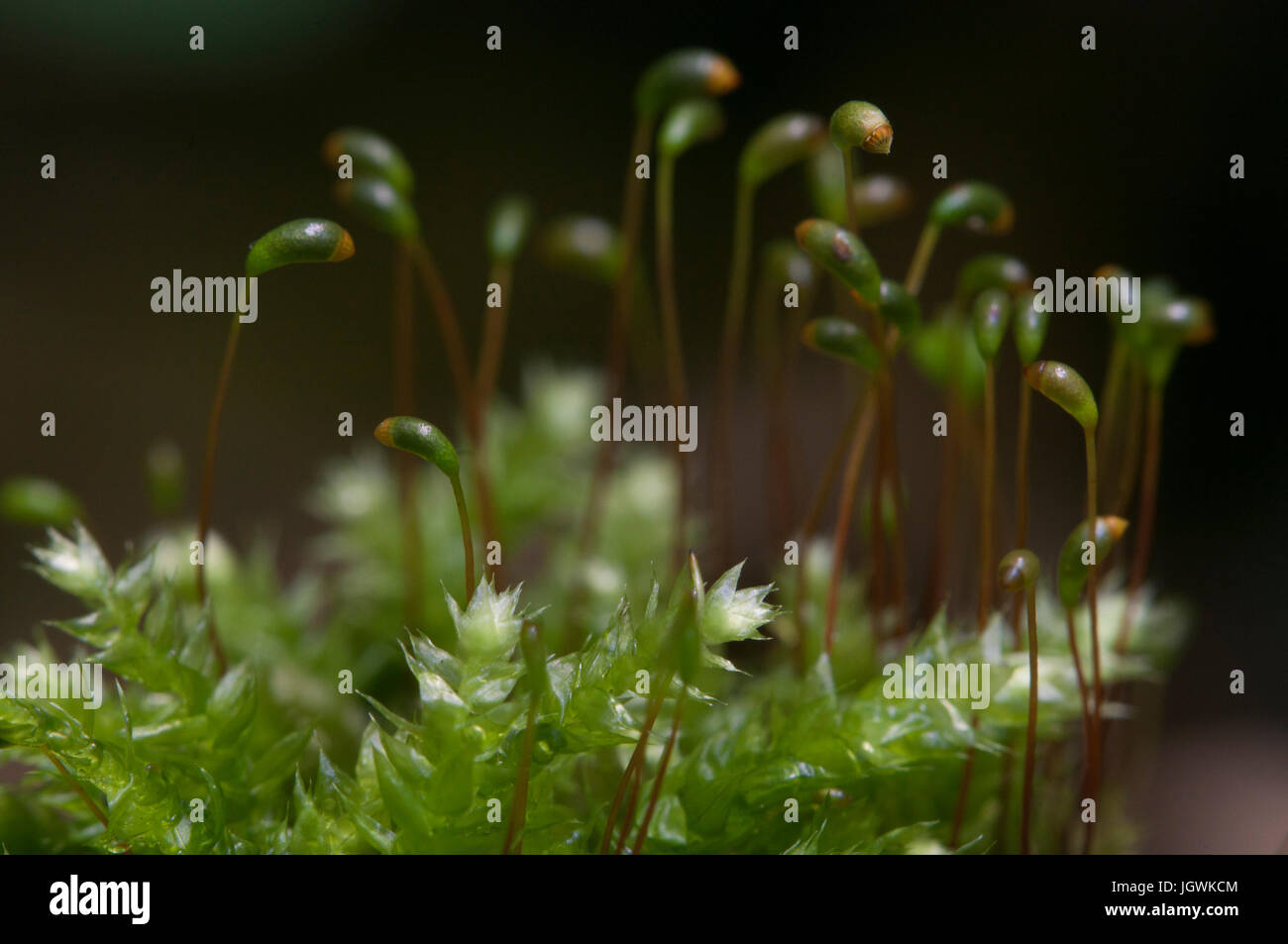
image from: https://www.alamy.com/stock-photo-moss-hypnum-cupressiforme-close-up-shot-local-focus-148081492.html
Morphology and Identification
Hypnum cupressiforme var. mossmanianum is a pleurocarpous moss, meaning its stems grow horizontally along the substrate. Its delicate, feathery fronds form dense mats or cushions, often adorning the bark of trees, rocks, or soil with a vibrant green hue. The leaves of this moss are falcate (sickle-shaped) and secund
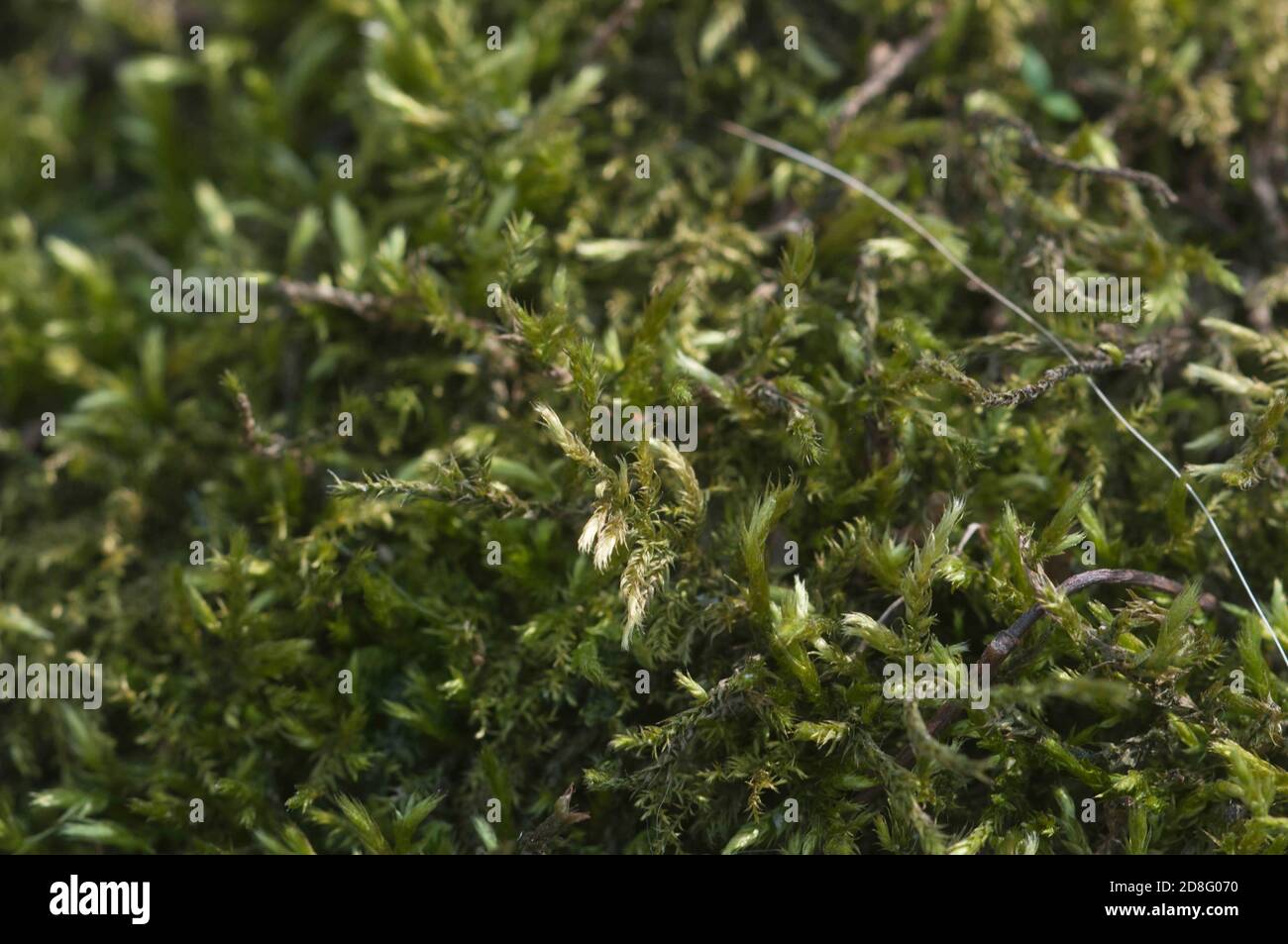
image from: https://www.alamy.com/moss-hypnum-cupressiforme-close-up-shot-local-focus-image383896772.html
(arranged on one side of the stem), giving it a distinctive and easily recognizable appearance.
Global Distribution and Habitat
This remarkable moss species is widely distributed across the globe, thriving in temperate and boreal regions of both the Northern and Southern Hemispheres. It can be found in a variety of habitats, from moist woodlands and forests to rocky outcrops and even urban environments, showcasing its remarkable adaptability.
Ecological Roles and Adaptations
Despite its diminutive size, Hypnum cupressiforme var. mossmanianum plays a vital role in its ecosystem. It serves as a microhabitat for countless microscopic organisms, providing shelter and sustenance for a diverse array of invertebrates. Additionally, this moss acts as a natural sponge, absorbing and retaining moisture, thereby contributing to soil formation and erosion control.

image from: https://en.wikipedia.org/wiki/Hypnum_cupressiforme
One of the most fascinating aspects of this moss is its ability to withstand desiccation. During periods of drought, it can enter a state of dormancy, only to revive and resume its growth when moisture becomes available once again. This remarkable adaptation has allowed
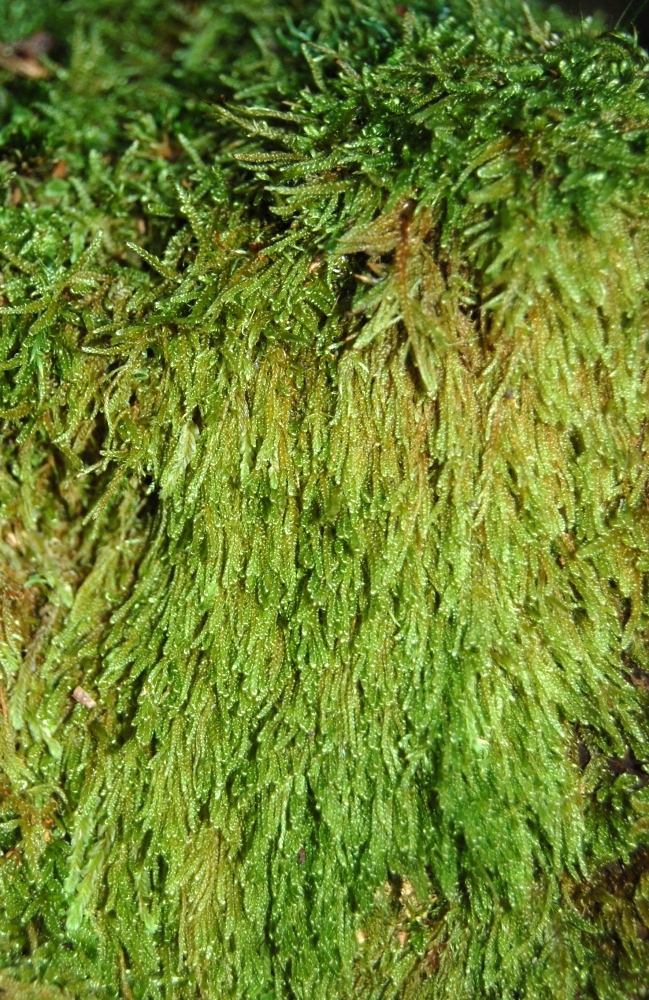
image from: https://www.anbg.gov.au/abrs/Mosses_online/58_Hypnaceae_images.html
Hypnum to thrive in a wide range of environments, showcasing the resilience of bryophytes.
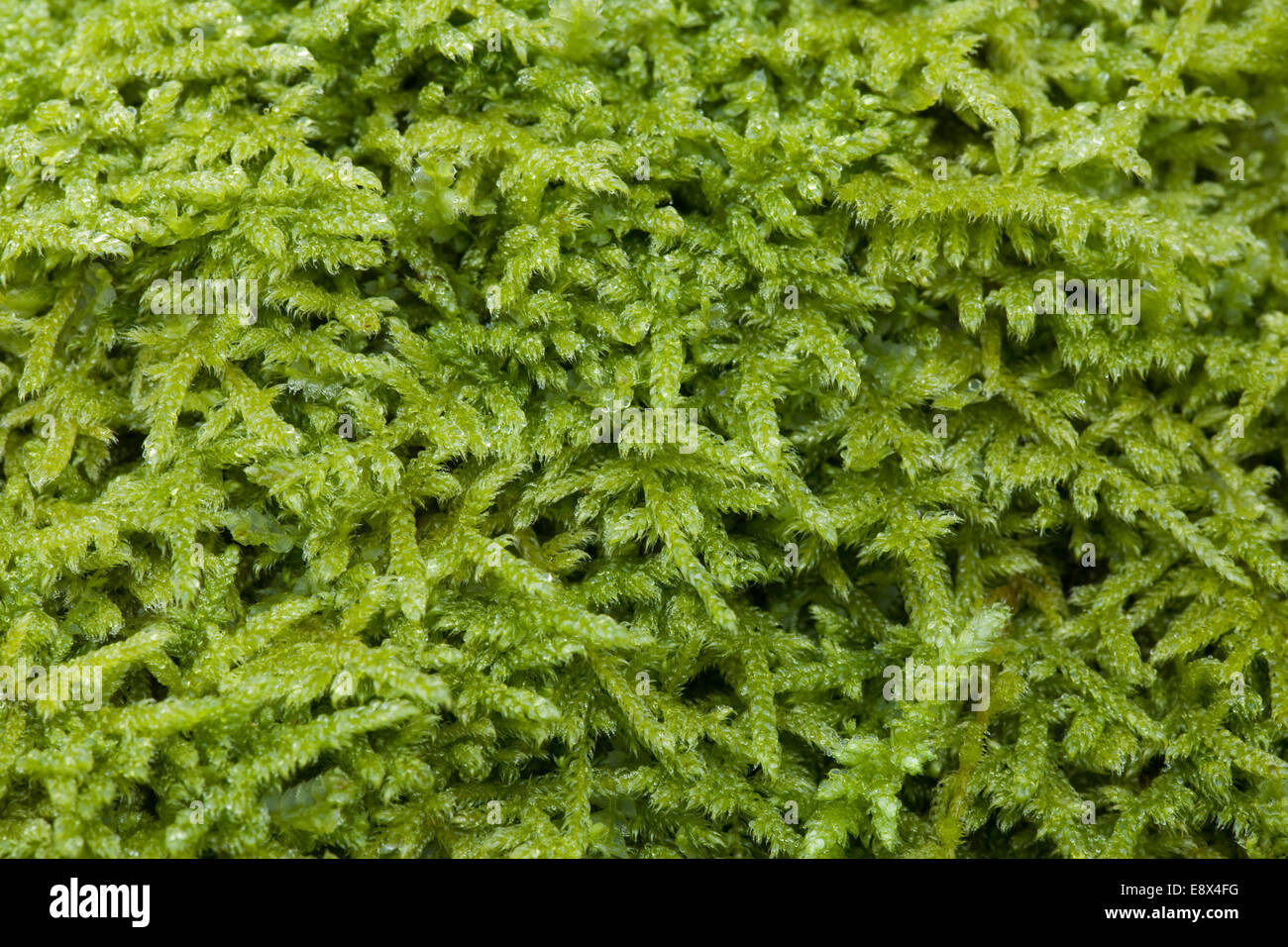
image from: https://www.alamy.com/stock-photo/hypnum-cupressiforme.html
Case Studies/Examples
In the Pacific Northwest region of North America, Hypnum cupressiforme var. mossmanianum is a common sight, adorning the trunks of towering conifers and blanketing the forest floor with its verdant hues. Its presence is often an indicator of a healthy, moist ecosystem, serving as a valuable bioindicator for environmental monitoring.
Technical Table
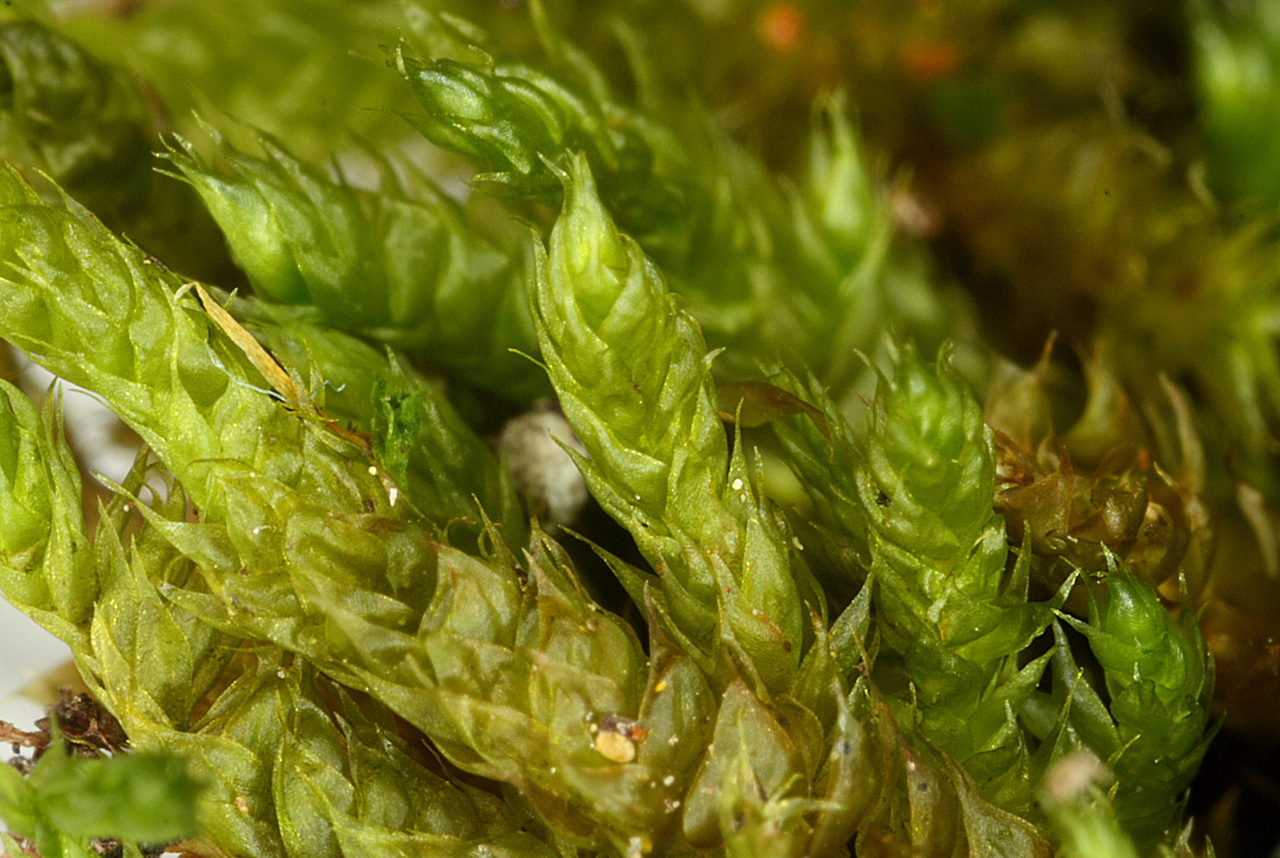
image from: https://wnmu.edu/academic/nspages/gilaflora/hypnum_cupressiforme.html
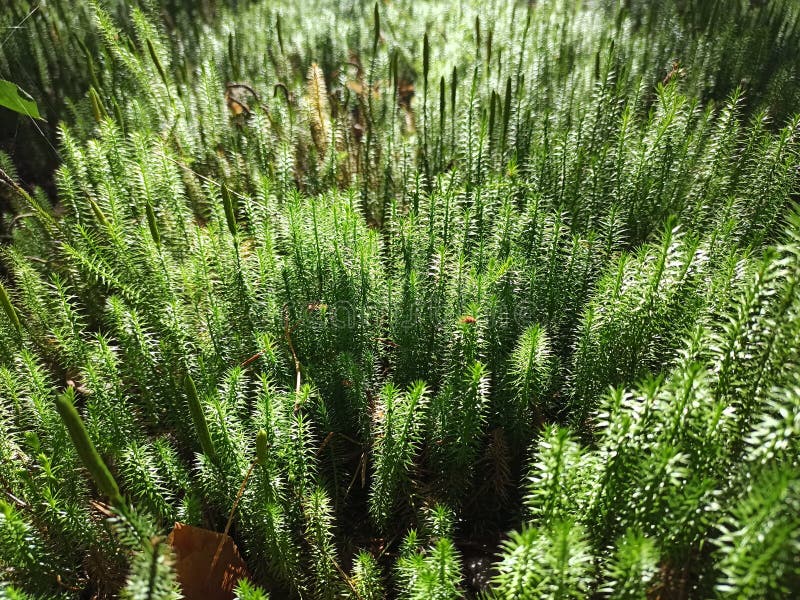
image from: https://www.dreamstime.com/cypress-leaved-plait-moss-closeup-hypnum-cupressiforme-growing-forest-dense-vegetation-thickets-sunny-day-wood-beautiful-image262547118

image from: https://davesgarden.com/community/forums/fp.php?pid=8595998
| Characteristic | Description |
|---|---|
| Phylum | Bryophyta |
| Class | Bryopsida |
| Order | Hypnales |
| Family | Hypnaceae |
| Genus | Hypnum |
| Species | cupressiforme |
| Variety | mossmanianum |
| Growth Form | Pleurocarpous |
| Leaf Arrangement | Falcate, secund |